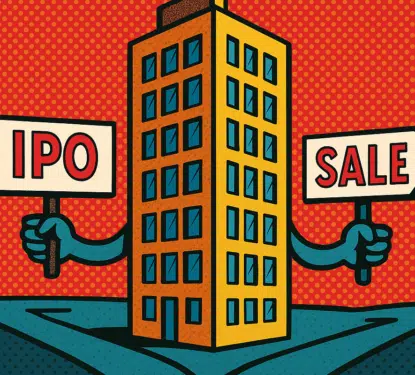The journey of smart building development began years, even decades, ago but we still don’t agree on what a smart building exactly is. We can’t say what amount of technology, human-centricity, efficiency, connectivity, or user-friendliness makes a building smart. It feels like buildings can’t be smart without technology but too much technology could possibly make a building less smart. While defining “smartness” on outcomes like health and productivity is positive, this emerging science does not yet offer tangible enough results. Numerous assessment tools and certification programs have been designed and launched to evaluate the Smart Building credentials of specific properties. These initiatives have been led by independent evaluation bodies, corporate entities, industry associations, or regional and national governments. However, none fully serve the market’s need for a credible smart building assessment method, leaving the dream of a widely-accepted smart building standard uncertain. “While market acceptance and adoption of these emerging standards tools and certification programs […]
Most Popular Articles

Securitas Technology Achieves $5.7B Revenue Accounting for 33% of Group 2024
This Research Note examines the electronic security business of Securitas, rebranded as Securitas Technology, based on investor presentations and their 2024 annual report. This article highlights the financial performance and progress of the business in integrating the STANLEY Security acquisition and repositioning the group as a technology-based supplier of integrated solutions in higher growth markets. […]

MRI Software: Exploring the 2025 IPO & Sale Options
This Research Note examines a report from Reuters that MRI Software is to be listed in an IPO or sold. We explore the development of the business over the last 10 years, since it was acquired by private equity owners, highlight their software acquisitions for commercial real estate applications addressing integrated workplace management, tenant experience […]

Podcast 40: Stiles Property Management Found $400K+ in Hidden Savings
Most property managers know their buildings are hemorrhaging money through inefficient systems. The problem? They have no idea where to start looking. Devon Newton, VP of Property Management at Stiles, faced this exact challenge with 110 East, a new Class A development in Charlotte’s Southpark district. Despite managing 116 properties across the Southeast, she found […]
